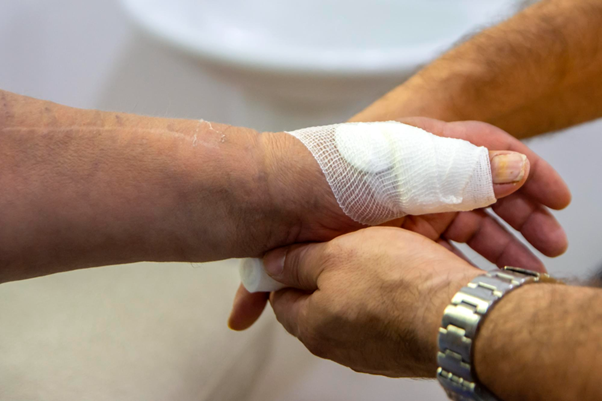Minor injuries happen to the best of us, from cuts and scrapes to minor burns and blisters. While these wounds may be small in size, they still require proper care to ensure quick and effective healing.
Minor dressings, also known as adhesive dressings or bandages, are flexible, adhesive strips or pads designed to cover and protect minor wounds. They are available in various shapes and sizes to accommodate different types of injuries, from small cuts and grazes to abrasions and puncture wounds.
The Importance of Minor Dressings
Minor dressings serve several important purposes in wound care:
- Protection: By covering the wound, minor dressings protect it from dirt, bacteria, and further injury, reducing the risk of infection and promoting a clean healing environment.
- Absorption: Many minor dressings are designed with absorbent materials that help soak up excess wound fluid, preventing it from pooling around the injury and promoting faster healing.
- Comfort: Minor dressings provide a cushioning layer over the wound, offering comfort and reducing friction, which can help alleviate pain and discomfort.
- Promotion of Healing: By keeping the wound clean and protected, minor dressings create an optimal environment for the body’s natural healing processes to take place, leading to faster and more efficient wound closure.
Minor dressings are essential tools in the management of minor wounds, providing protection, absorption, comfort, and promoting healing. By understanding how to properly use and care for minor dressings, you can ensure that your wounds heal quickly and effectively, allowing you to get back to your daily activities with confidence. Remember to always clean and dress minor wounds promptly to prevent complications and promote optimal healing.



